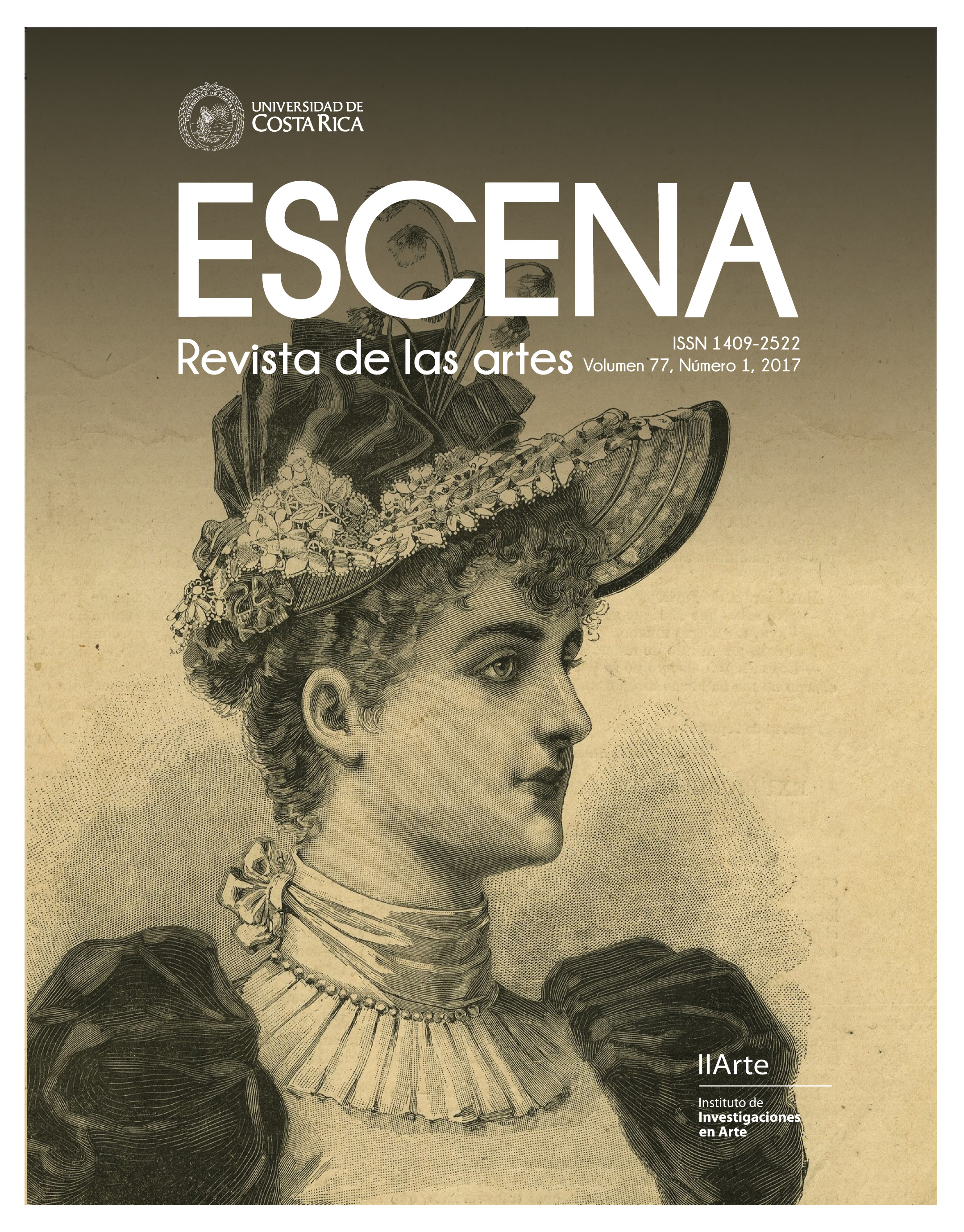Abstract
A comparative, critical aproximation to the artistic productions of Óscar Figueroa Chaves, “Intervención
en el edificio de la UFCO”, and Marcos Agudelo, “Cianómetro”, is presented. These pieces were
a part of the tenth Central American Biennale “Todas las vidas”, curated by Tamara Díaz Bringas in the
year 2016, in the provinces of Limón and San José, Costa Rica. The analysis of these works addresses
the complexities found in the ways architectural patrimony in Costa Rica assigns historical meaning
and value to public spaces. Through a re-contextualization of the concepts and aesthetic qualities associated to, in the case of Figueroa, the pesticide blue plastic used in banana plantations, and in the case
of Agudelo, the sky, this essay explores the urgent need to make visible, palpable, the way public spaces
exclude certain populations from their historical memory in addition to reflecting on what can constitute
a reparative actions.


